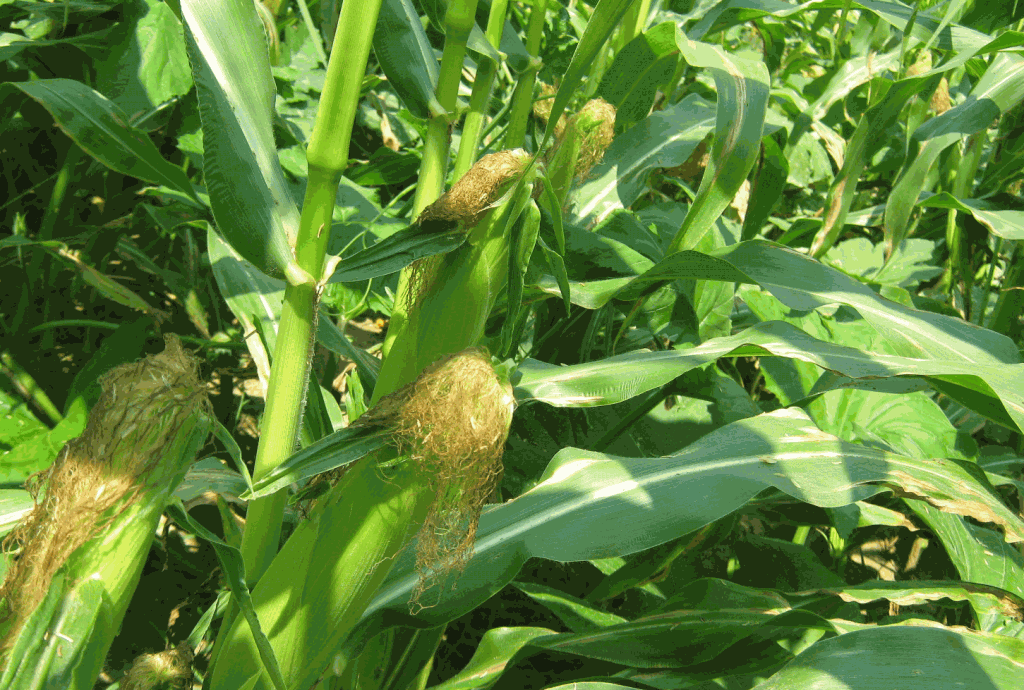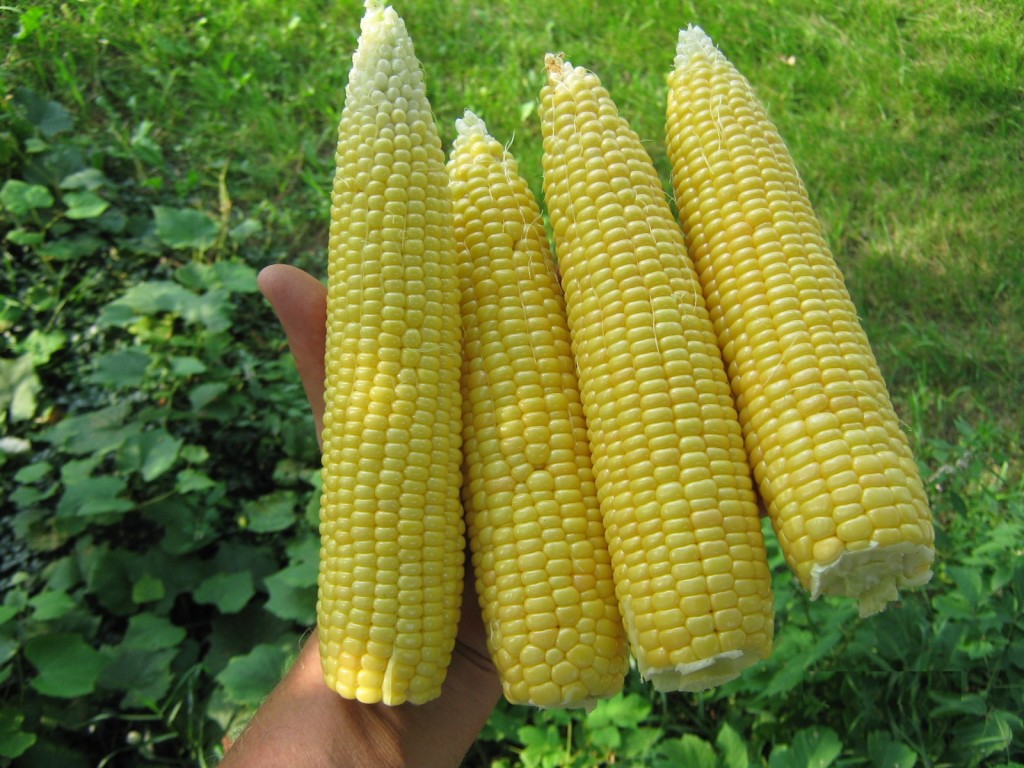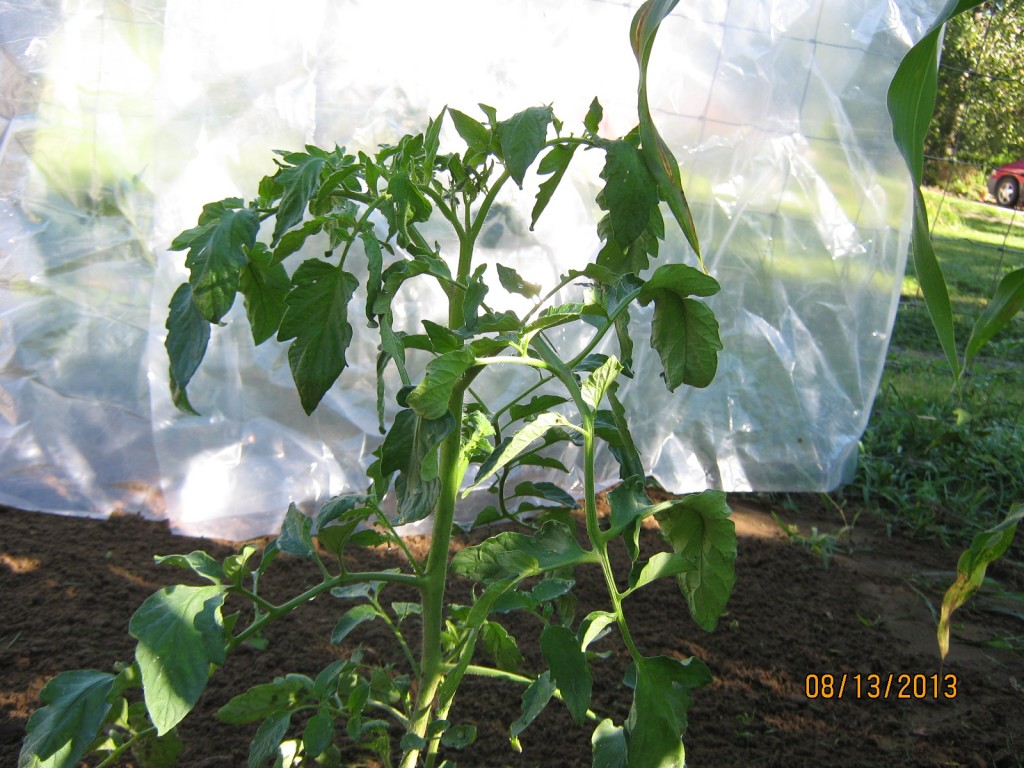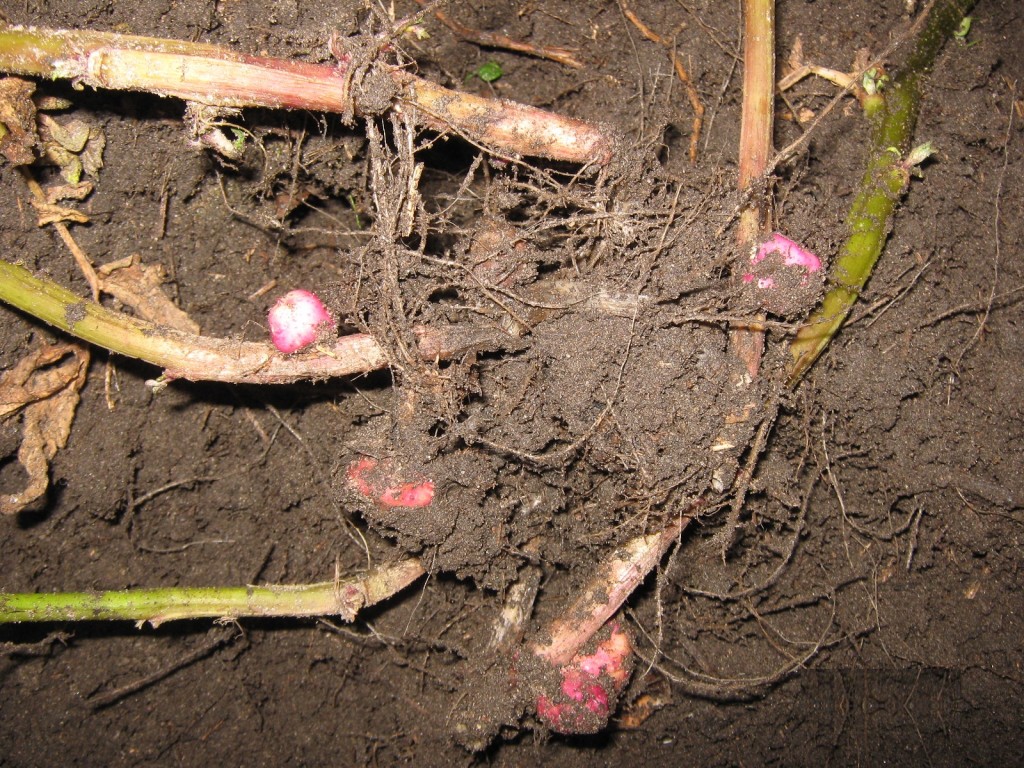It’s all in the timing when it comes to harvesting sweet corn. Prime picking time can be as short as two or three days depending on daily temperatures.
Sweet corn is ready to pick about two to three weeks after the silks first emerge from the developing ears — mark the date on your calender.
After a couple of weeks check the condition of the silks. If they are still quite green you have plenty of time to wait, if they are starting to turn brown check them every few days or so.
When the silks have turned completely brown and have dried up, it means the corn kernels are approaching the “milk stage” — the best time to pick.
These is a test you can do to make sure your corn is at it’s peak flavor: Peel back the husk on an ear and use your thumbnail to squeeze a kernel until it pops. If the juice is looks milky, it is time to pick. This is the stage of development most people prefer for their sweet corn.
Watery-looking juice means the ear needs a couple more days to mature. Immature sweet corn while having a tender texture, doesn’t have much flavor.
Over-ripe sweet corn kernels are doughy when you give them the squeeze test. The kernels are chewy and have a less-sweet, starchier flavor. I know of some older people who prefer their sweet corn at this more mature stage, but they are in a small minority.
I planted my sweet corn this spring on three separate dates about ten days apart. Doing that will spread my harvest over a longer period of time. I won’t have to frantically pick and freeze my crop all at once.
Bob



